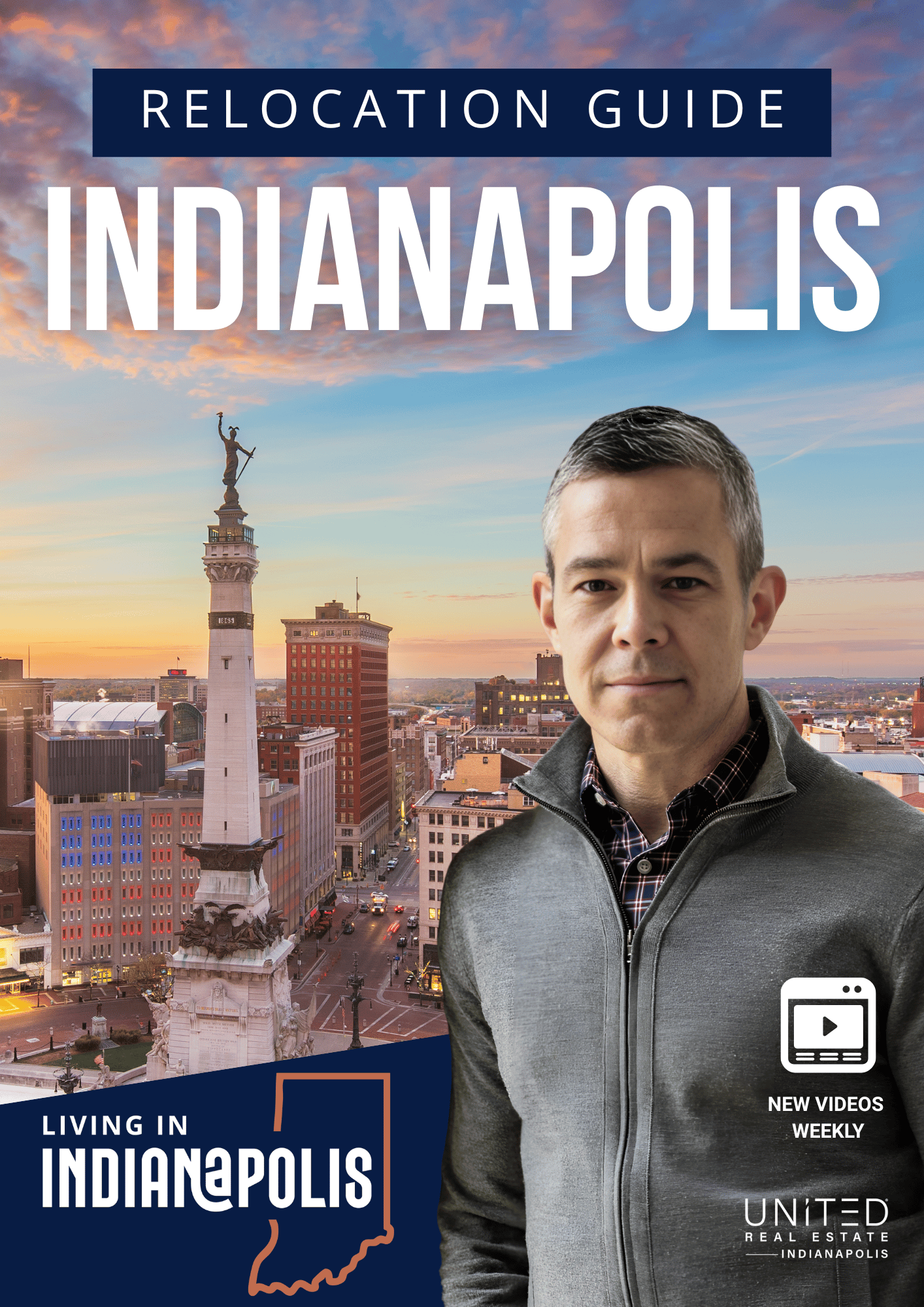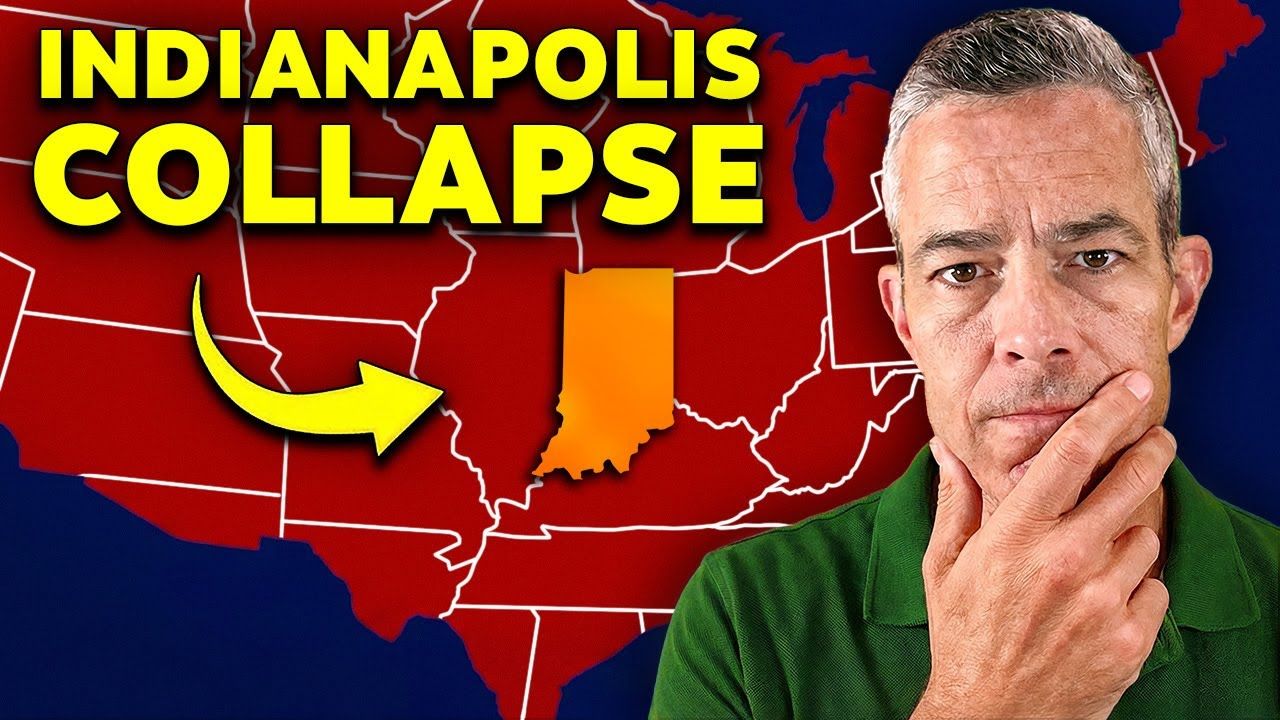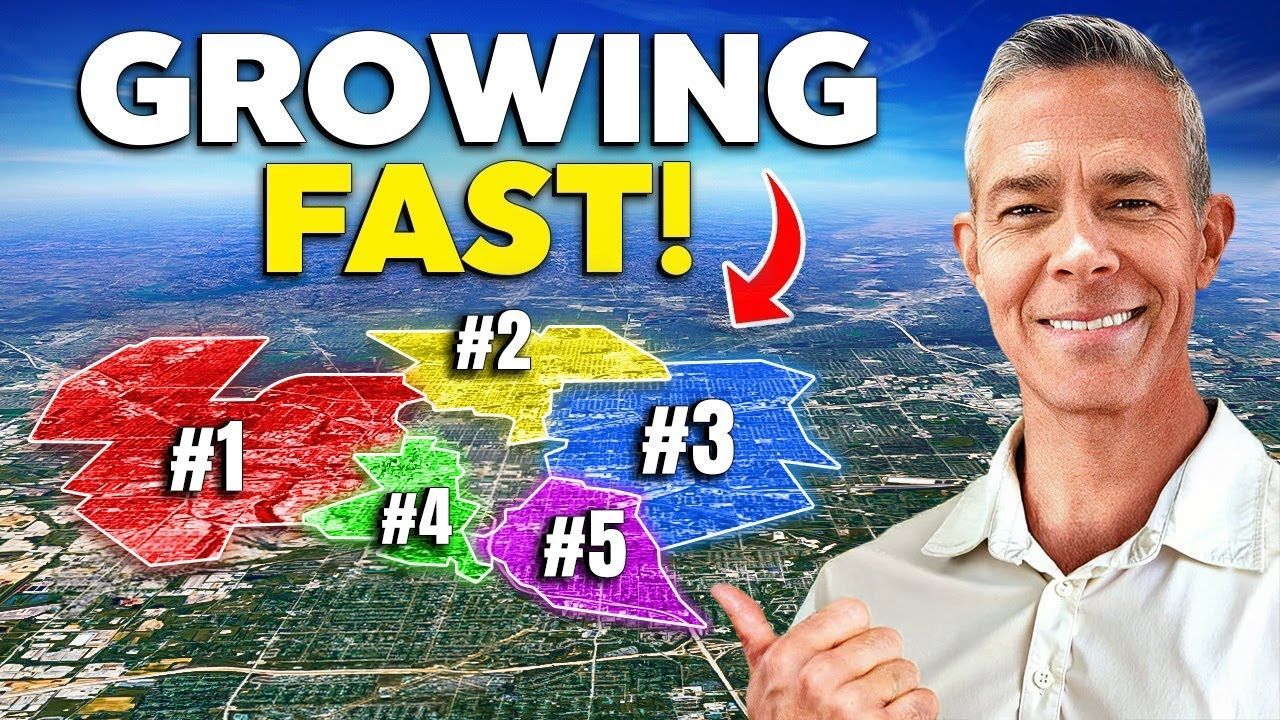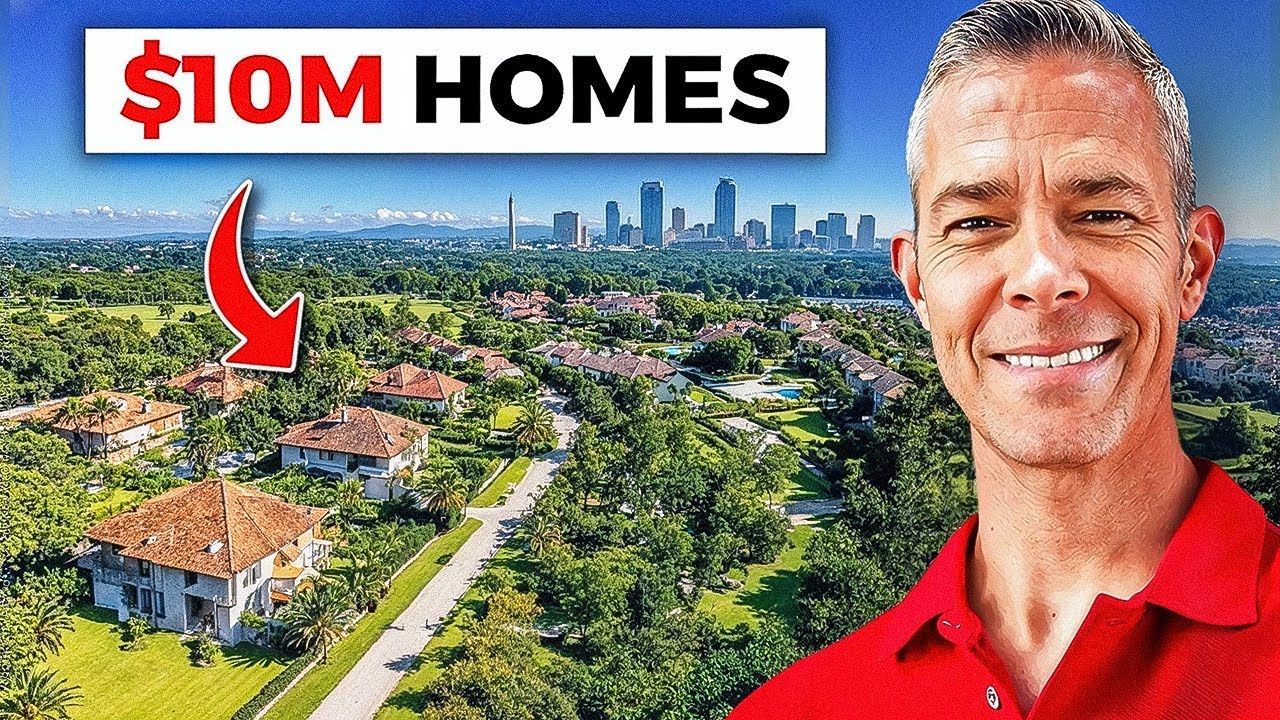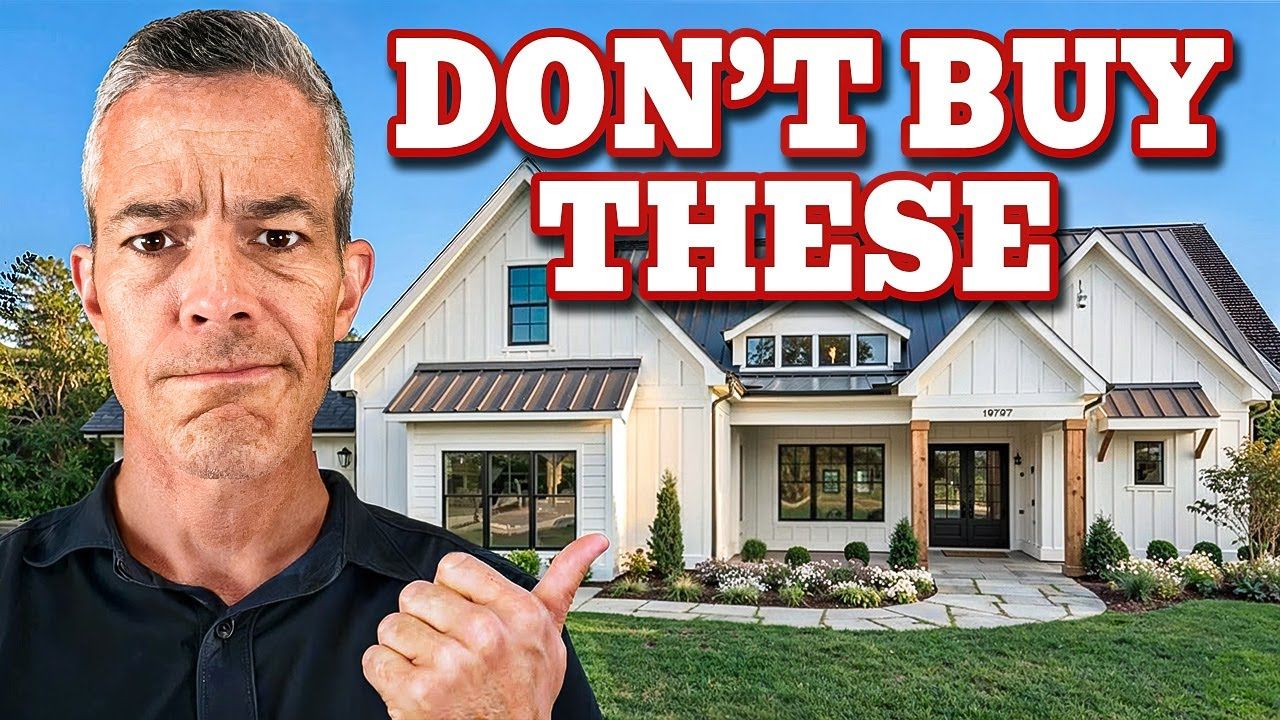10 Things to Know Before Moving to Indianapolis: Essential Truths for Your Relocation
Moving to Indianapolis or its surrounding suburbs can seem like a dream for many: lower costs, good schools, and more space compared to bigger metropolitan areas. But the reality of relocating to this vibrant metro area is often more complex than it appears at first glance. Whether you’re considering Carmel, Westfield, Fishers, Noblesville, or Indianapolis proper, understanding the nuances of the housing market, school systems, community vibes, and lifestyle factors is crucial for a successful move.
After helping hundreds of families relocate to Indianapolis and its metro area, I’ve gathered invaluable insights that I want to share with you. These “10 things to know before moving to Indianapolis” will help you set realistic expectations, avoid costly surprises, and find a place that truly fits your lifestyle and family needs.
Let’s dive into these truths, from housing prices and school boundaries to community culture and commutes, so you can make an informed decision about your next home.
Table of Contents
- 1. The Housing Market: Affordability is Relative and Can Be Surprising
- 2. Understanding Your Buying Power Is Critical
- 3. School Sizes and Boundaries: Bigger Isn't Always Better
- 4. Commute Times in Indianapolis Are Longer Than You Might Expect
- 5. Building a Community Takes More Than Just Living in a Friendly Neighborhood
- 6. Each Suburb Has Its Own Unique Personality and Lifestyle
- 7. New Construction Homes Often Cost More Than Advertised
- 8. High Price Doesn’t Always Mean Privacy or Serenity
- 9. School Districts Can Cause Dramatic Price Differences
- 10. The Cost of a Regret Move Can Be High
- Frequently Asked Questions (FAQs)
- Conclusion
1. The Housing Market: Affordability is Relative and Can Be Surprising
One of the biggest misconceptions about moving to Indianapolis and its suburbs is that everything is affordable. Statistically, many cities around Indianapolis seem affordable on paper, but when you start house hunting, reality sets in. Your budget may not stretch as far as you think, especially in popular suburbs with desirable schools.
For example, in Westfield, just north of Indianapolis, the median listing price is currently around $467,000—a 2% increase year over year. Meanwhile, downtown Carmel, particularly in the Arts and Design District, has a median home price of about $516,000, with over a 10% increase year over year.
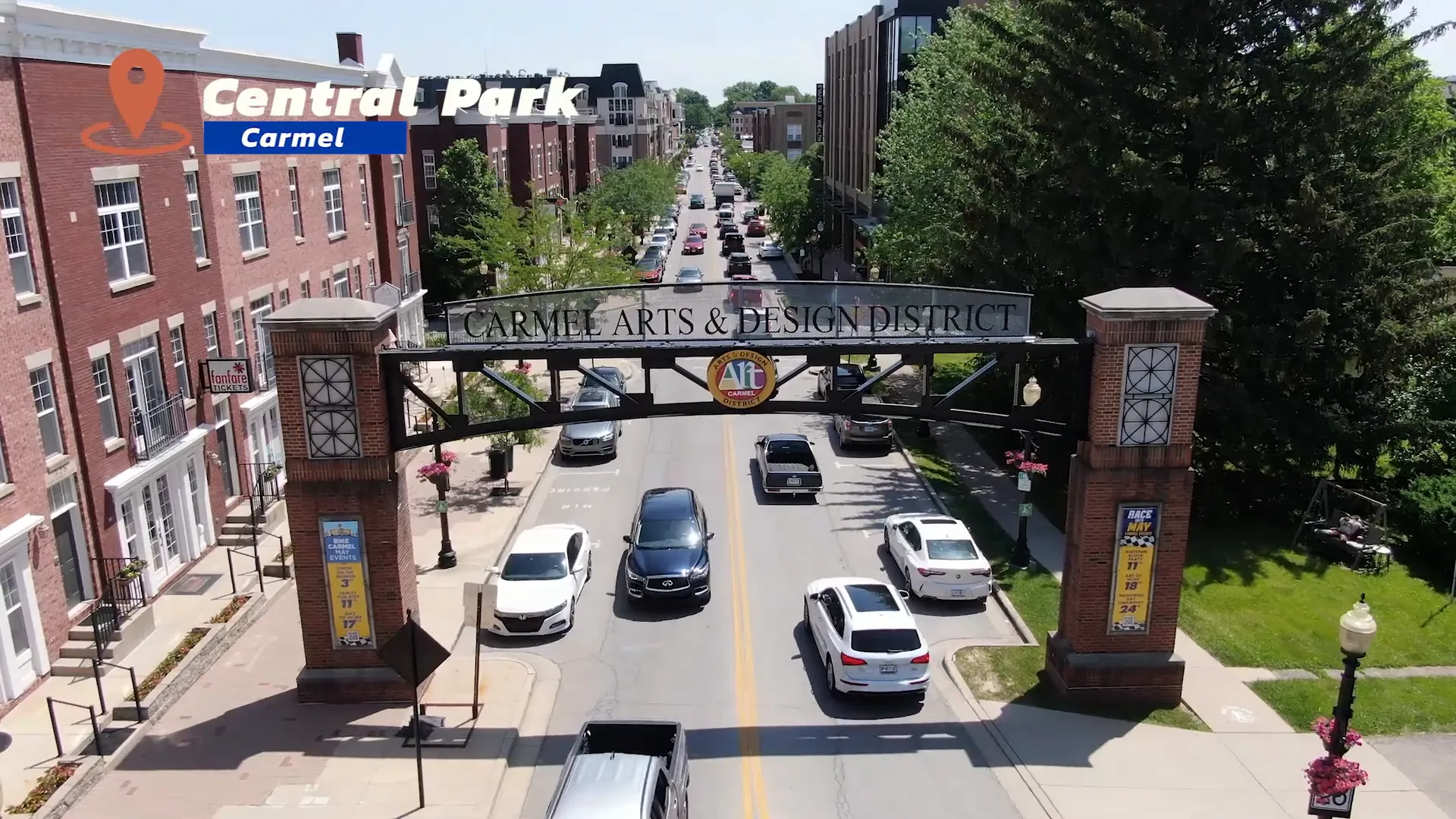
If you have a budget between $400,000 and $500,000, you might expect to find a spacious, updated home in a great location. But often, the homes in that price range might be smaller than anticipated, located on smaller lots, or facing busy streets. For example, a three-bedroom, two-bath home may technically fit a family of five, but it might not offer the space or functionality you need.
Another common surprise is the condition of homes in this price range. Many homes, even in desirable areas, may require significant updates—kitchen renovations, new flooring, or carpet replacements. When you factor in these costs, the initial price tag can quickly add up.
In some cases, families find themselves pushed to the top of their budget just to secure the minimum home that meets their needs, and still have to compromise on location or condition. For example, a family moving from Burbank, California, with a $600,000 budget, struggled to find a four-bedroom in Brownsburg, Carmel, or Westfield that fit their needs and preferred location. They eventually settled in Noblesville, where their money stretched a little further.
How to navigate this:
- Consider transitional areas on the edges of popular cities, which often offer better value without sacrificing access to amenities.
- Don’t evaluate homes solely by price—consider functionality, features like yards or garages, and how the home fits your lifestyle.
- Work with a local expert who knows the nuances of each neighborhood and can help you avoid “location traps” or “price traps.”
Remember, the Indianapolis housing market has shifted significantly over the last few decades. Home prices now run about 3.8 times the median household income, up from 2.3 times in the 1990s. This increase, accelerated by COVID-related factors such as low inventory and historically low interest rates, has made affordability more challenging than many expect.
2. Understanding Your Buying Power Is Critical
Many buyers underestimate or misunderstand their buying power. Talking to a lender early on is essential to know exactly how much you can afford and to set realistic expectations. Interestingly, we often find that people can afford more than they initially think, but they tend to want to stay below their maximum budget.
Having a clear framework for your budget and what it can get you in different areas of Indianapolis and its suburbs is crucial. You also want to consider long-term appreciation potential and stability of neighborhoods to protect your investment.
3. School Sizes and Boundaries: Bigger Isn't Always Better
One of the most surprising truths for families moving to Indianapolis is the size of the public schools. Many of the high schools in the metro area are among the largest in the country.
For example, Carmel High School, located in a city of just over 100,000 people, has about 5,200 students, making it one of the largest in the nation. Fishers, with a similar population, has two high schools—Southeastern High School (~3,500 students) and Fishers High School (~3,700 students)—combined totaling roughly 7,200 students.
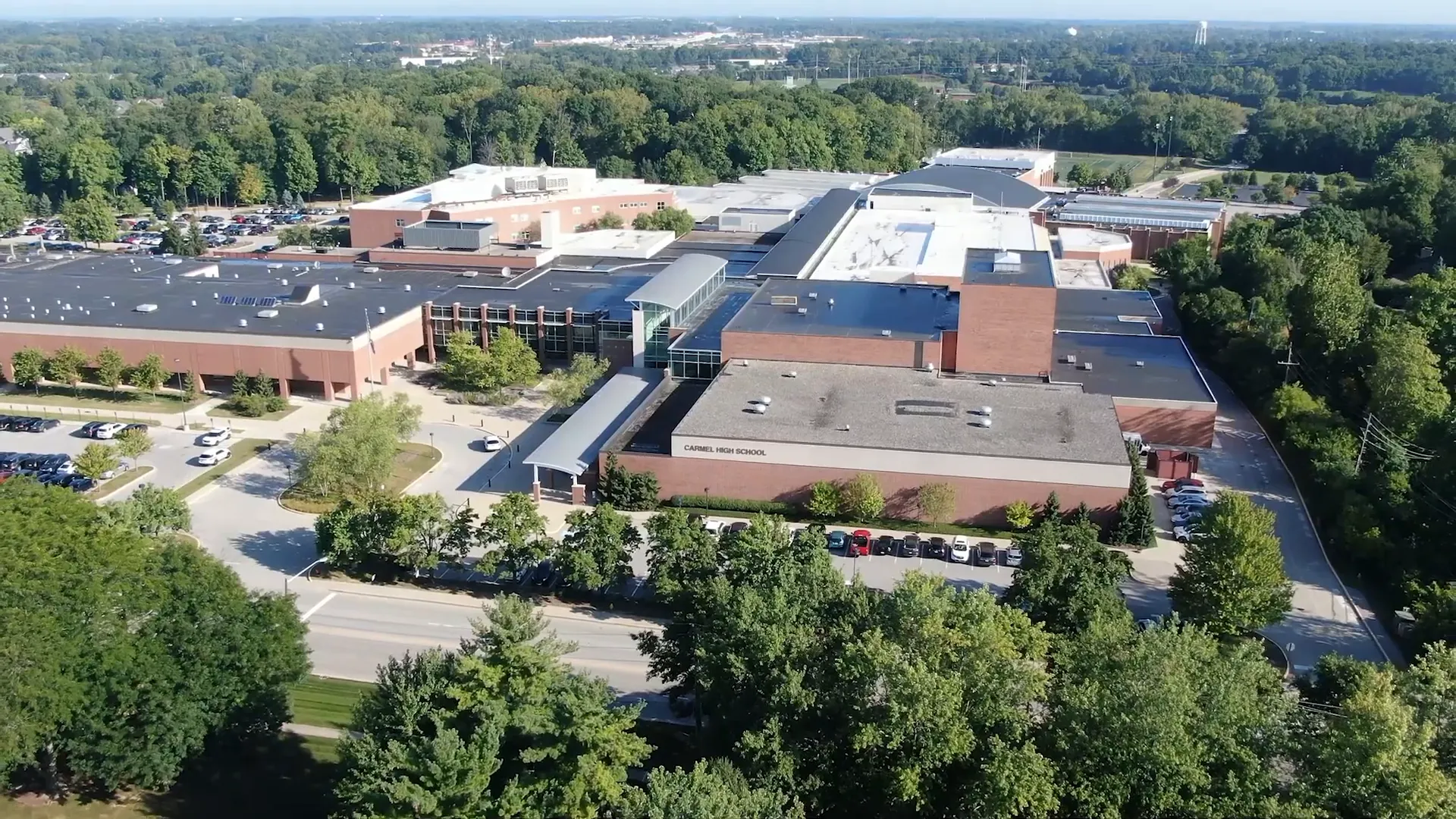
Other suburbs like Brownsburg, Plainfield, Avon, and Westfield also have high schools with over 3,000 students. Even smaller cities like Greenwood have multiple districts with schools that are still quite large, often over 1,000 students.
Large schools offer significant opportunities in terms of variety in classes, sports, and extracurricular activities. However, they also mean more competition for spots in popular activities like band, theater, and sports teams.
For families who want smaller schools with less competition, options like McCordsville, near Fishers, might be appealing. McCordsville falls under the Mount Vernon school district, which is smaller and highly rated, with a high school population of about 1,500 students.
Tips for evaluating schools:
- Research specific schools beyond just district ratings—visit schools, talk to counselors, and understand the culture and expectations.
- Use school boundary maps to explore options that might be nearby but in different districts with varying school sizes and atmospheres.
- Remember that individual experiences can vary widely, even within the same school.
4. Commute Times in Indianapolis Are Longer Than You Might Expect
Indianapolis metro is much larger than many people realize, with over two million residents. Commute times, especially from northern suburbs like Westfield or Fishers to other parts of the city, can be longer than anticipated.
For instance, commuting from northern Westfield to Carmel or downtown Indianapolis can easily take 20-25 minutes or more, depending on traffic. While this might seem short compared to cities like Los Angeles, it still adds up, especially when commuting twice daily.
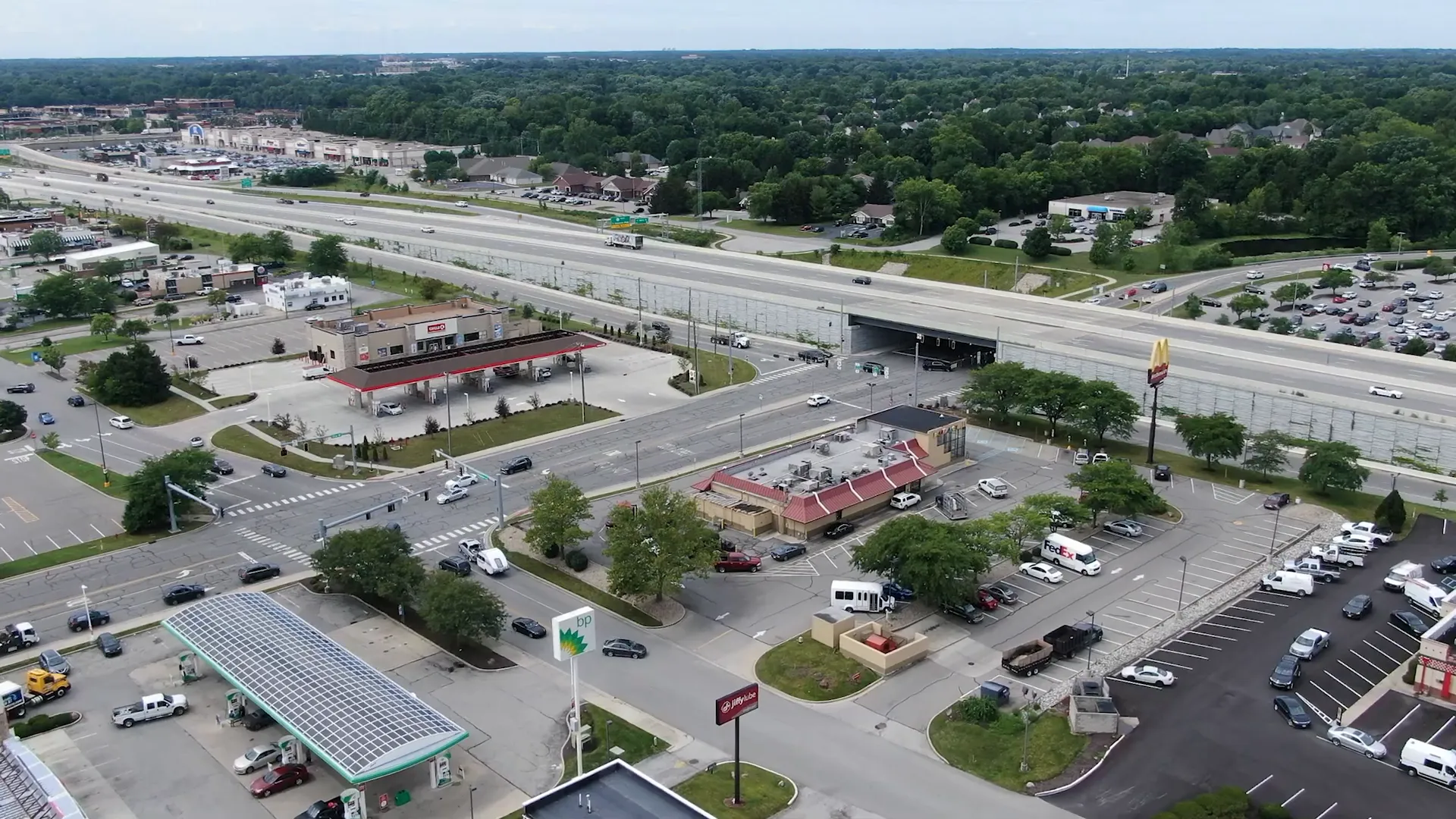
Public transit options are limited in Indianapolis, especially in the suburbs, so most families rely on cars. Households with multiple drivers often have two or more vehicles, and sometimes even three or four, to accommodate kids’ activities and schedules.
For example, a family with a pilot who needed to commute to the airport found that living in Westfield or Carmel meant a minimum of 45 minutes drive to the airport, even without traffic.
How to manage commute expectations:
- Use GPS tools to simulate commute times at different hours of the day, including peak traffic times.
- Prioritize homes near major thoroughfares and interstates like US 31, I-465, I-65, or I-70 to minimize commute times.
- Test drive your commute before committing to a location.
5. Building a Community Takes More Than Just Living in a Friendly Neighborhood
Indianapolis and its suburbs are known for friendly people. You’ll find neighbors saying hello at gas stations or local shops. But true community is more than friendliness—it’s about belonging, shared activities, and connections.
Community often develops around schools, sports teams, clubs, churches, or fitness groups. Simply living in a neighborhood where people are friendly doesn’t guarantee you’ll build a strong social network.
Neighborhoods can have turnover, and age demographics vary, so the presence of other families with kids might fluctuate. Some families find that after several months, they haven’t built the network they hoped for.
Building community tips:
- Research and attend local clubs, school events, and community activities before moving.
- Visit coffee shops, farmer’s markets, and sporting events to get a feel for the social vibe.
- Join online forums and Facebook groups related to your area or school to engage before moving.
6. Each Suburb Has Its Own Unique Personality and Lifestyle
It’s easy to assume that Indianapolis suburbs like Carmel, Zionsville, Greenwood, or Fishers are all similar. However, each has its own distinct vibe and culture.
For example, downtown Zionsville offers a quaint, charming main street with brick sidewalks, unique shops, and a laid-back small-town feel. In contrast, Carmel’s Arts and Design District or City Center areas are busier, more urban, and have a more energetic atmosphere with festivals, concerts, and bustling restaurants.
Even homes that look similar in price and size can be in very different settings, affecting your daily lifestyle.
How to find your fit:
- Spend a weekend or more in the areas you’re considering, especially during events or festivals.
- Visit local amphitheaters, farmer’s markets, and school events to experience the community feel.
- Check city websites for upcoming cultural events and festivals to see what fits your interests.
- Work with a local advisor who knows the subtle differences between neighborhoods and towns.
7. New Construction Homes Often Cost More Than Advertised
New construction can look affordable at first glance, especially with advertised starting prices in the mid-$400,000 range. But these prices usually only apply to the base floor plans with the least expensive lots and no upgrades.
For instance, a Fishers neighborhood might advertise homes starting in the $400,000s, but once you add the cost of a lot (which varies greatly depending on location, size, and desirability), upgrades like flooring, cabinetry, countertops, paint, and structural additions like a third car garage or basement, the price can easily climb $50,000 to $100,000 or more.
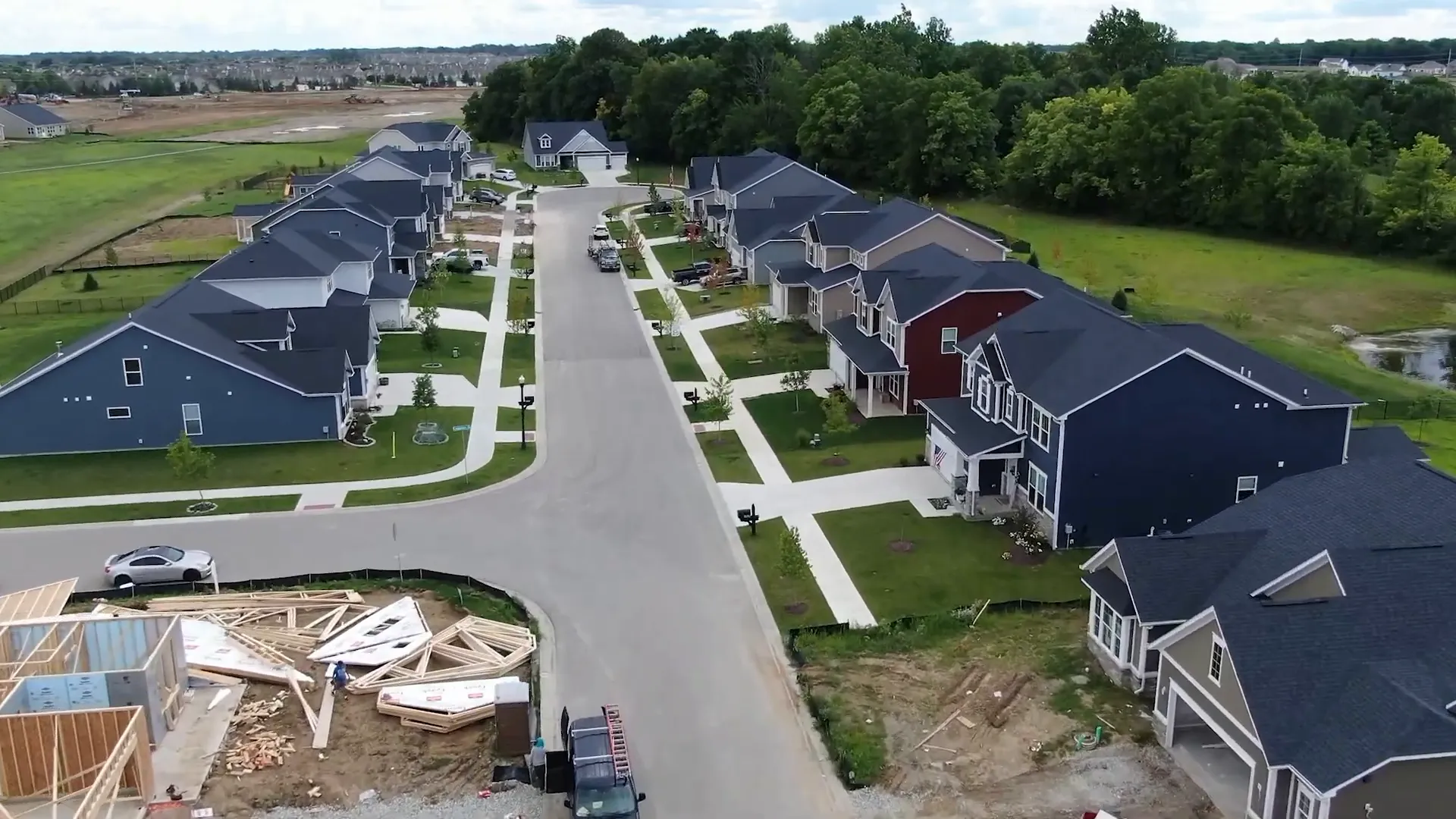
Many buyers who want new construction end up paying significantly more than the advertised starting price.
Tips for new construction:
- Look for move-in-ready homes where builders may offer better deals to sell completed inventory.
- Consider established homes that may need some updates but offer more predictable costs and often better locations.
- Think about resale value—new construction neighborhoods may not be fully established, so appreciation could be slower.
- Work with an experienced agent who understands builder pricing and upgrade costs.
8. High Price Doesn’t Always Mean Privacy or Serenity
Luxury homes in Indianapolis suburbs like Carmel and Zionsville can be stunning and expensive—often priced well over $1 million. But even these homes sometimes come with compromises.
For example, a luxury neighborhood might be adjacent to a busy interstate or a major road. While the homes may be beautiful and well-maintained, the noise and traffic can detract from the peaceful lifestyle many buyers expect.
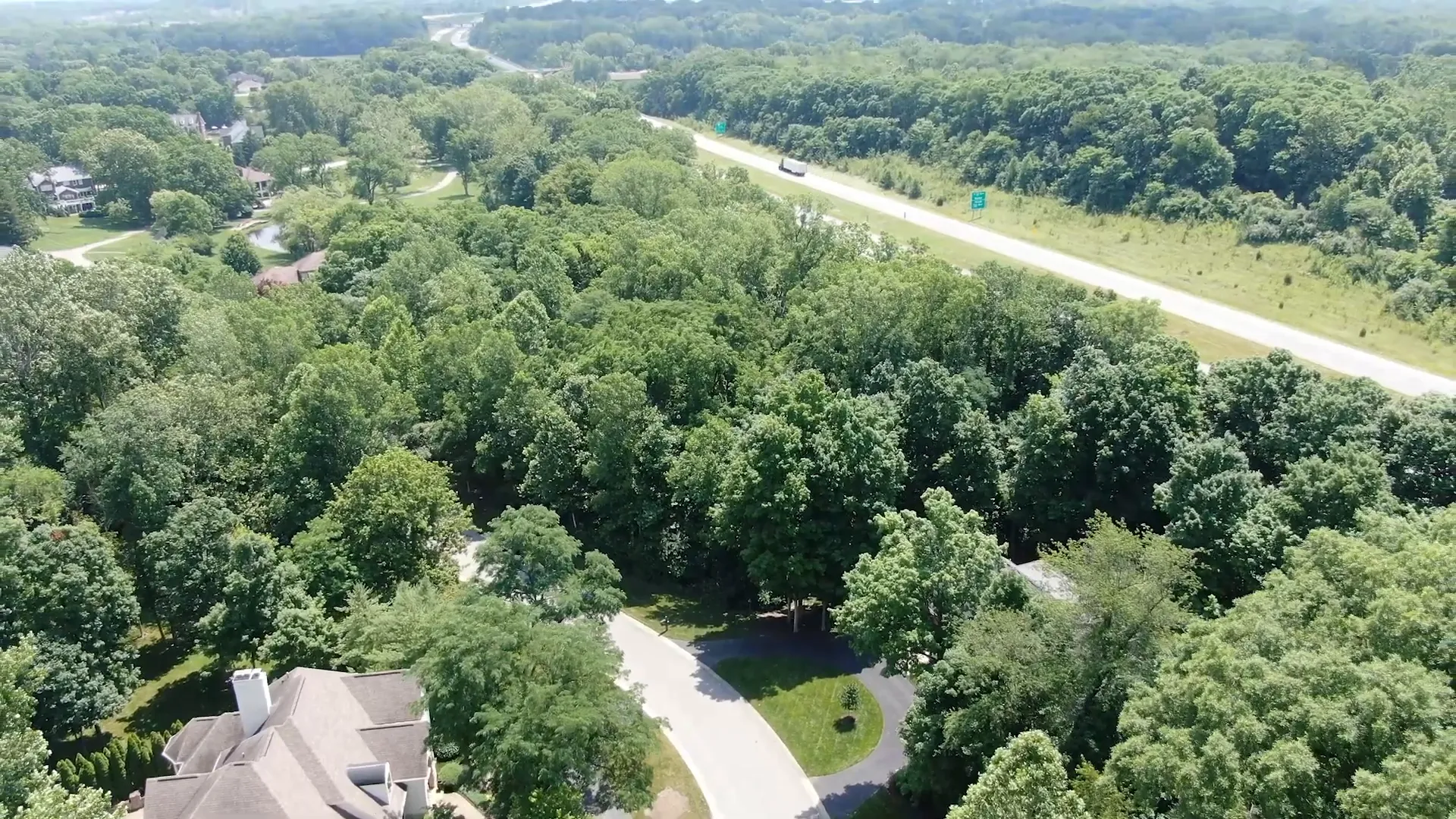
One such neighborhood near I-865 in Zionsville has homes easily priced between $1.2 million and $2 million but is close enough to hear highway traffic, especially in winter when trees lose leaves that would otherwise dampen sound.
How to avoid surprises:
- Visit homes in person, ideally during peak traffic times, to evaluate noise and traffic.
- If you’re relocating from far away and cannot visit, work with a local expert who can provide virtual tours focused on location factors.
- Prioritize location before house features—no matter how perfect a house is, the location impacts your daily life the most.
9. School Districts Can Cause Dramatic Price Differences
The Indianapolis metro area includes multiple school districts that can dramatically affect home prices even within the same general area.
Take the Geist Reservoir area, for example. It is surrounded by three different school districts: Fishers (Hamilton Southeastern), McCordsville (Mount Vernon), and Indianapolis (Lawrence Township). Homes in the Fishers district tend to be 20-30% more expensive than similar homes in McCordsville or Lawrence Township.
Buyers often stretch their budgets to get into the more expensive districts like Fishers, sometimes compromising on home size or location to afford the school district they want.
How to approach school district decisions:
- Focus on specific schools rather than entire districts, as experiences can vary widely.
- Research and visit schools, interview staff, and talk to parents to understand the culture and opportunities.
- Consider your family’s unique needs—private school, homeschooling, or no kids can all influence your priorities.
- Explore emerging areas with highly rated but smaller schools like McCordsville’s Mount Vernon district for better value.
10. The Cost of a Regret Move Can Be High
Sometimes, buyers rush into a home purchase based on limited visits or online research, only to realize after living there that the location or lifestyle isn’t a good fit. This “regret move” can be costly, often resulting in financial losses when selling the home within a few years.
For example, a family bought a home near downtown Carmel expecting an urban, energetic lifestyle with walkability to restaurants and festivals. After living there, they found it too cramped and not quite what they envisioned. They moved to a more urban neighborhood near downtown Indianapolis, closer to Mass Ave and Chatham Arch, but barely broke even on their home sale.
How to avoid regret moves:
- Consider renting or using a short-term lease or Airbnb to live in the area before buying.
- Pressure test your expectations by spending time in the neighborhoods and communities you’re considering.
- Develop a clear framework of your lifestyle priorities, school needs, and budget constraints.
- Work with trusted local advisors who can guide you on fit beyond just the house itself.
FAQs About Moving to Indiana
Is Indianapolis still affordable compared to other major cities?
Indianapolis remains more affordable than many coastal metros, but affordability has decreased over the years. Home prices have risen faster than incomes, especially post-COVID, so buyers need realistic expectations about what their budget can get them.
How do I choose the right suburb around Indianapolis?
Consider your lifestyle, commute, school needs, and community preferences. Spend time visiting neighborhoods, attend local events, and consult with local experts. Each suburb has a unique personality, so finding one that fits your daily life is key.
Are the schools in Indianapolis suburbs good?
Many suburban schools, like Carmel and Fishers, are highly rated and offer a wide variety of programs. However, schools can be very large, which may mean more competition for activities. Smaller districts like Mount Vernon in McCordsville offer a different experience. Research specific schools closely.
What should I expect about commute times in Indianapolis?
Average commute times are around 24-25 minutes but can be longer depending on your location and destination. Traffic peaks during school and work start/end times. Public transit is limited, so most families rely on cars.
Is new construction a good option for me?
New construction homes come with a premium price, especially when adding upgrades and choosing desirable lots. Move-in-ready homes may offer better value. Established homes may require renovations but can offer better locations and more predictable costs.
How can I avoid buying a home in a noisy or busy location?
Visit homes in person at different times, especially during peak traffic. If relocating from afar, work with a local agent who can provide detailed virtual tours focusing on location factors like noise and privacy.
Conclusion
Moving to Indianapolis or its surrounding suburbs offers many opportunities, but it’s essential to approach the process with eyes wide open. From housing affordability and school size to commute times and community culture, these 10 truths highlight the complexities and surprises that many newcomers face.
By understanding these factors, doing thorough research, and working with local experts, you can avoid costly mistakes and find a home and community that truly fit your family’s needs and lifestyle.
If you’re considering a move to Indianapolis, take the time to explore these realities deeply, and you’ll be much better prepared to make a confident, informed decision for your future.
If you’re considering a move to Indianapolis, don’t navigate this complex landscape alone. Whether you’re unsure about the best neighborhoods, schools, or housing options that fit your budget, reaching out can make all the difference. Contact me today at 317-932-8620 or email jason@livinginindianapolis.com for personalized advice tailored to your needs. Let’s find the perfect home and community for you together!
jason compton
A former teacher turned full-time real estate agent serving Greater Indianapolis. I help buyers, sellers, and relocation clients make informed moves—especially those coming from out of state. From neighborhood insights to home tours, my goal is to simplify the process and help you feel confident in every step.
Stay Informed
Insights, Tips & Life in Indianapolis
Your go-to resource for all things real estate and Indy living. Whether you're buying, selling, relocating, or just curious about the local market, our blog is packed with helpful articles, expert advice, and community highlights to keep you informed and inspired.
